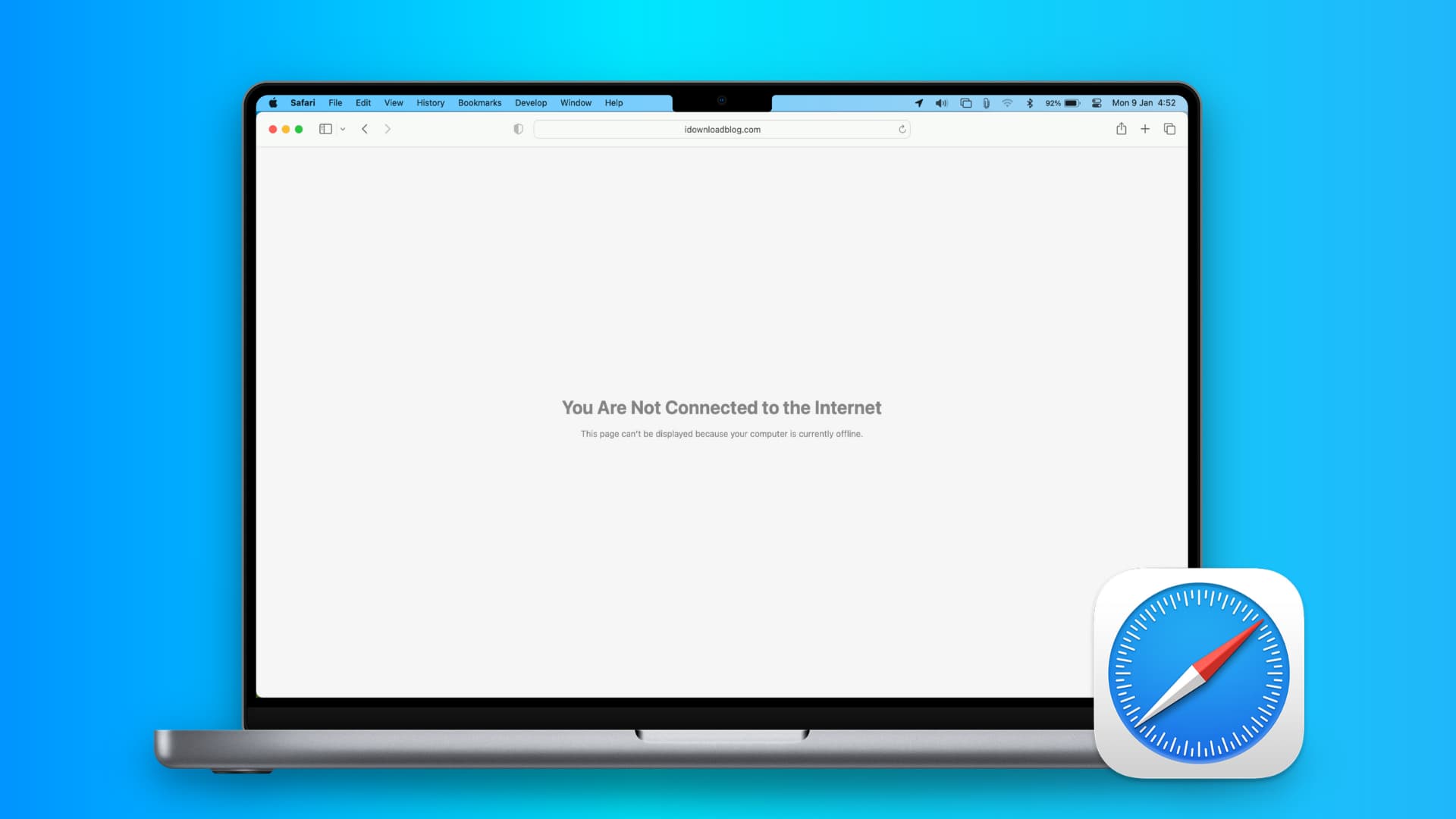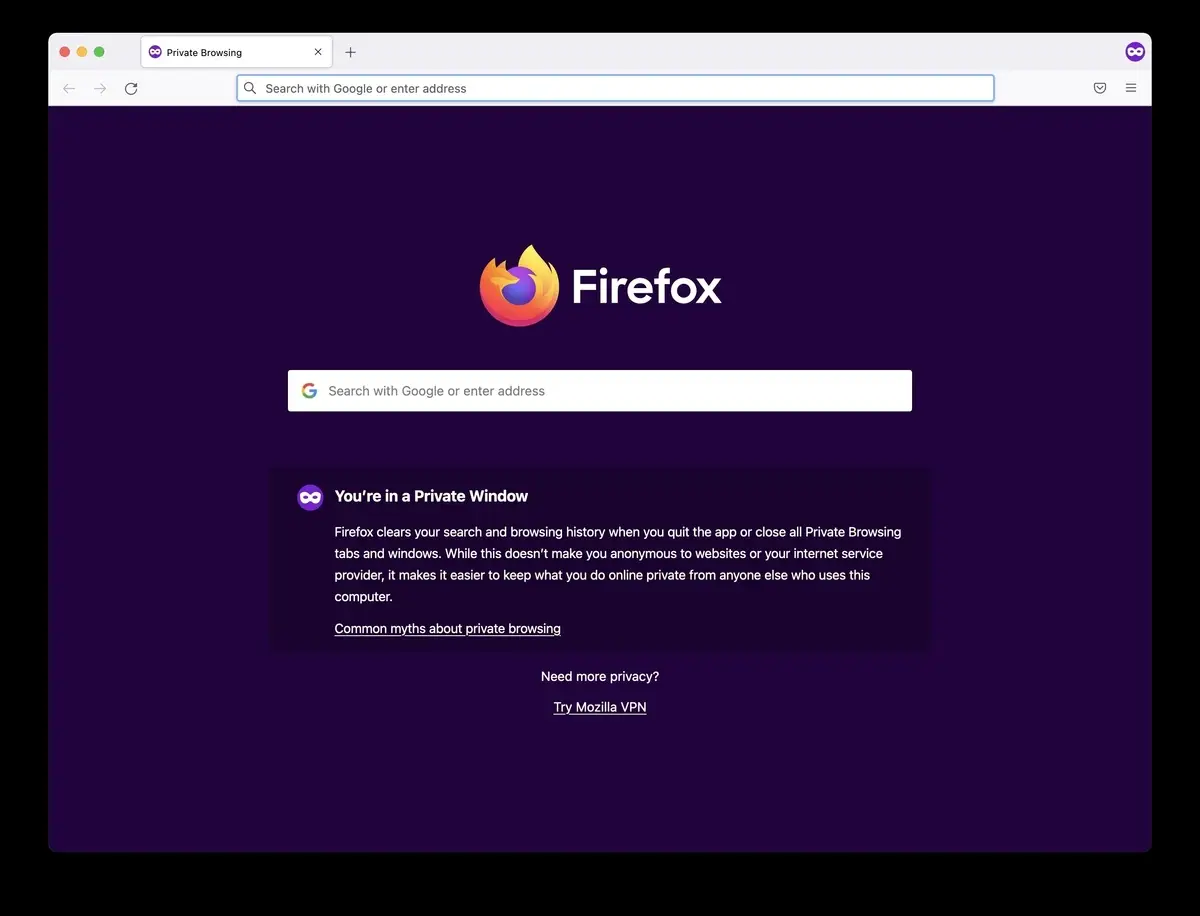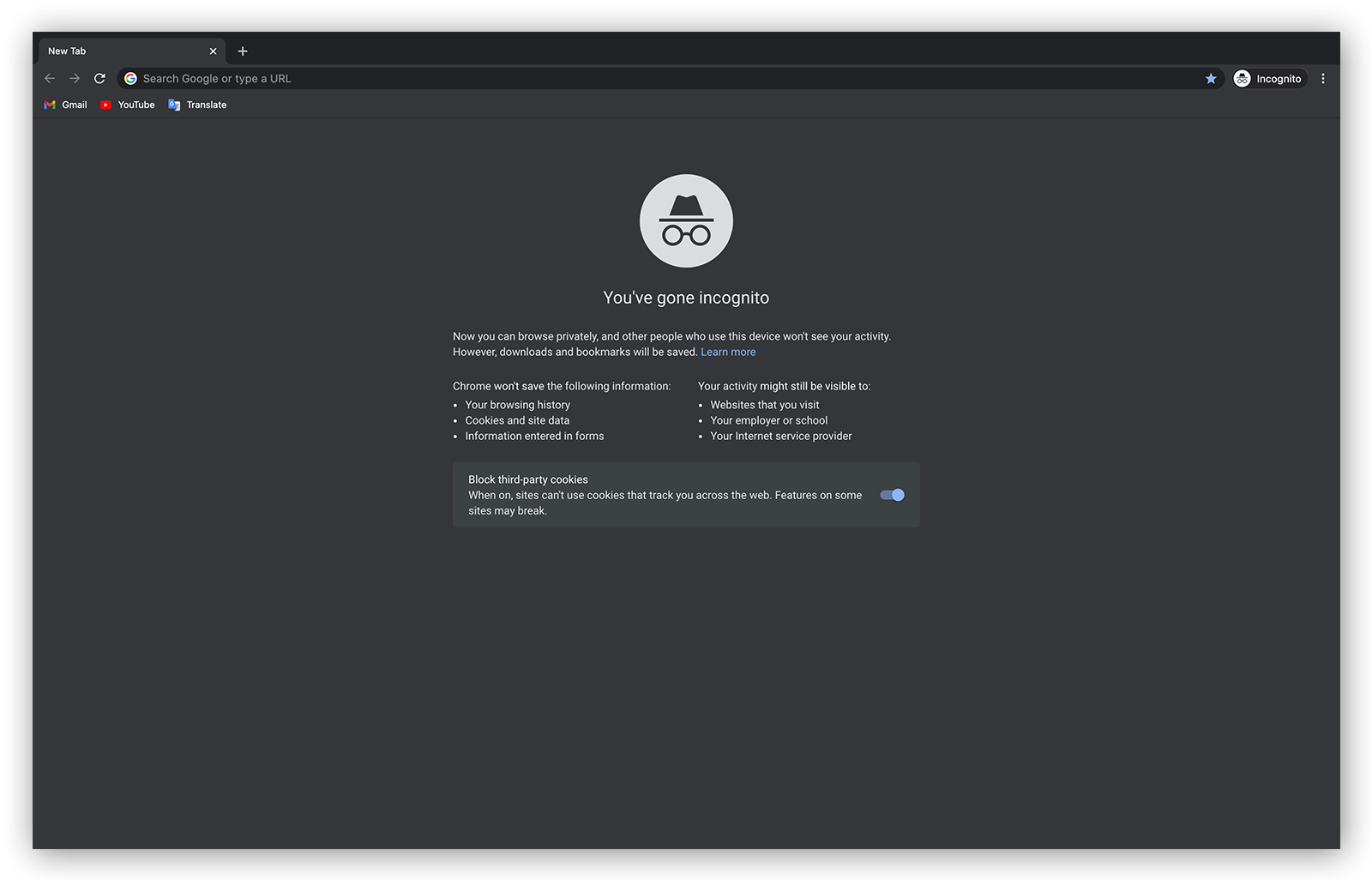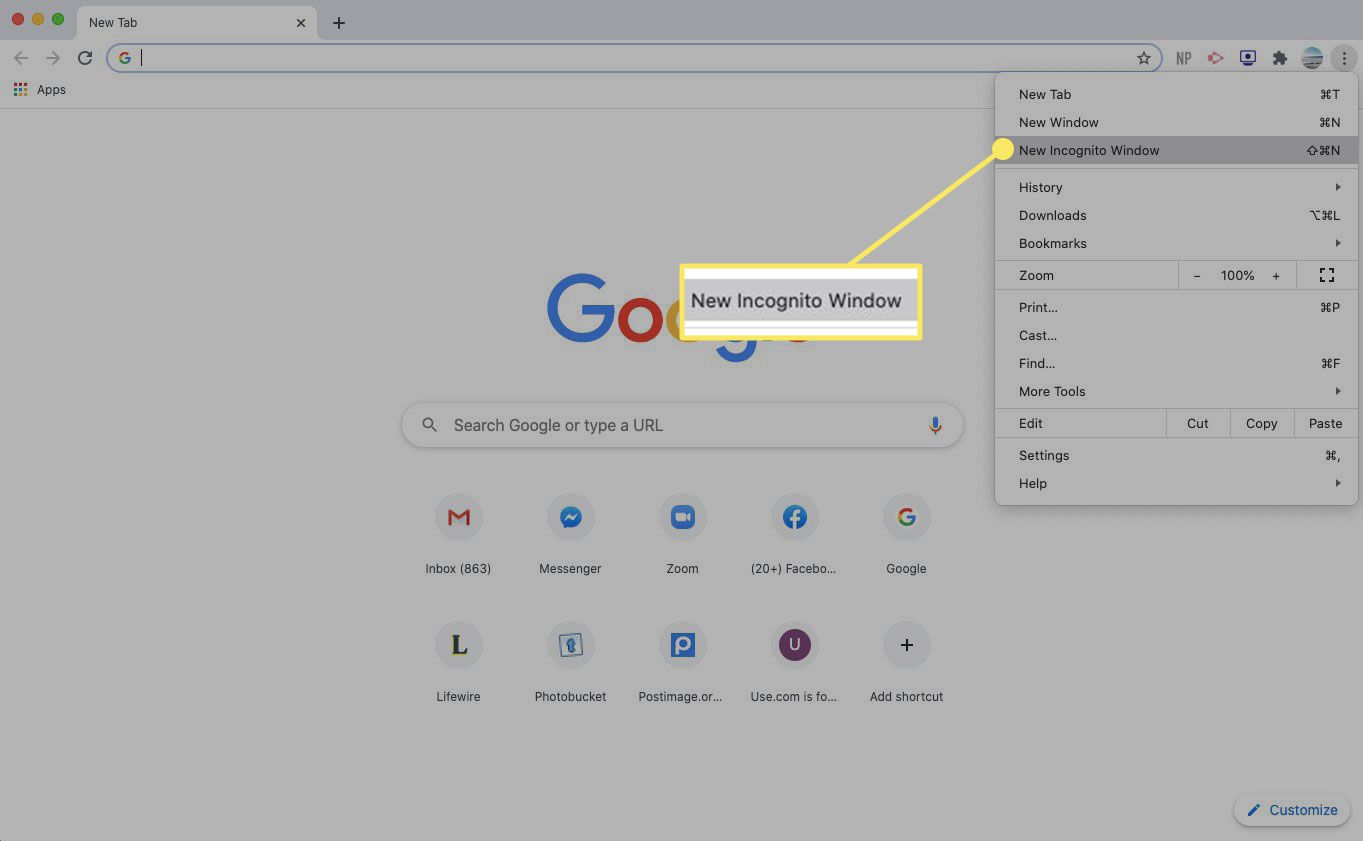Common Reasons for Safari Not Connecting to the Internet
Safari is a popular web browser known for its sleek interface and seamless user experience. However, users may encounter instances where Safari fails to connect to the internet, causing frustration and hindering their browsing activities. Understanding the common reasons behind this issue can help users troubleshoot and resolve the problem effectively.
-
Network Connectivity Issues: One of the primary reasons for Safari's inability to connect to the internet is network connectivity issues. This can occur due to a weak or unstable Wi-Fi signal, network congestion, or router problems. Additionally, incorrect network settings or misconfigured DNS servers can also lead to connectivity issues.
-
Outdated Safari Browser: An outdated version of the Safari browser can also contribute to connectivity problems. Older versions may lack essential updates and security patches, leading to compatibility issues with certain websites and online services.
-
DNS Cache and Cookies: Accumulated DNS cache and cookies within the Safari browser can sometimes interfere with internet connectivity. These temporary files may become corrupted or outdated, causing conflicts that prevent Safari from establishing a stable connection to websites.
-
Browser Extensions and Plugins: Safari extensions and plugins, while offering additional functionality, can sometimes conflict with the browser's core functions, resulting in connectivity issues. Incompatibility or outdated extensions may disrupt the browser's ability to connect to the internet.
-
System Software Updates: In some cases, outdated macOS versions can impact Safari's ability to connect to the internet. Compatibility issues between the browser and the operating system may arise, necessitating the installation of the latest macOS updates.
Understanding these common reasons for Safari not connecting to the internet empowers users to identify potential causes of the issue. By recognizing these factors, users can take proactive steps to troubleshoot and resolve connectivity problems, ensuring a seamless browsing experience with Safari.
Troubleshooting Steps for Safari Connection Issues
When Safari encounters connectivity issues, it's essential to undertake systematic troubleshooting steps to identify and resolve the underlying problems. By following these steps, users can effectively address connectivity issues and restore seamless internet access through the Safari browser.
-
Check Network Connectivity: Begin by verifying the network connectivity on the device. Ensure that the Wi-Fi signal is strong and stable, and there are no network congestion issues. Additionally, confirming that other devices can connect to the same network can help isolate the problem to the specific device running Safari.
-
Restart the Router: Sometimes, router issues can hinder Safari's connectivity. Restarting the router can help resolve temporary glitches and restore stable internet connectivity. After restarting the router, attempt to reconnect Safari to the internet to check for improvements.
-
Verify Network Settings: Review the network settings on the device to ensure that they are correctly configured. Check for any misconfigured DNS servers or proxy settings that may be impacting Safari's ability to connect to the internet. Making necessary adjustments to the network settings can potentially resolve connectivity issues.
-
Update Safari and macOS: Ensure that both Safari and the macOS are running the latest available versions. Outdated software can lead to compatibility issues and hinder Safari's ability to connect to certain websites and online services. Updating to the latest versions can address these compatibility concerns.
-
Clear Safari Cache and Cookies: Clearing the accumulated cache and cookies within Safari can help eliminate potential conflicts that may be impeding internet connectivity. By removing these temporary files, users can ensure a clean browsing environment and improve Safari's ability to establish connections with websites.
-
Disable Browser Extensions and Plugins: Temporarily disabling browser extensions and plugins can help identify if any of these add-ons are causing connectivity issues. In some instances, incompatible or outdated extensions may disrupt Safari's functionality, and disabling them can help isolate the problem.
By systematically following these troubleshooting steps, users can effectively address Safari's connectivity issues and restore seamless internet access. These proactive measures empower users to identify and resolve underlying problems, ensuring a smooth and uninterrupted browsing experience with Safari.
Checking Network Settings and Connectivity
When Safari encounters connectivity issues, one of the initial steps in troubleshooting involves checking the network settings and verifying connectivity to ensure a seamless browsing experience. This process involves a systematic examination of the device's network configurations and the overall connectivity status to identify potential issues that may be impeding Safari's ability to connect to the internet.
To begin, users should navigate to the device's network settings to review and verify the configured parameters. This includes checking the Wi-Fi network settings, ensuring that the correct network is selected, and confirming that the device has a strong and stable connection to the network. Additionally, users should inspect the DNS server settings to ensure they are accurately configured, as misconfigured DNS servers can lead to connectivity issues with Safari.
Furthermore, it is essential to verify the overall network connectivity by assessing the strength and stability of the Wi-Fi signal. Users can check for any network congestion issues or interference that may be affecting the device's ability to establish a reliable connection to the internet. Additionally, confirming that other devices can successfully connect to the same network can help isolate the problem to the specific device running Safari.
In cases where network connectivity issues are identified, users can take proactive measures to address them. This may involve relocating closer to the Wi-Fi router to improve signal strength, troubleshooting router issues, or contacting the internet service provider to address any network-related concerns.
Moreover, users should also review proxy settings, if applicable, to ensure they are correctly configured and not impeding Safari's connectivity. Misconfigured proxy settings can hinder the browser's ability to establish connections with websites and online services, necessitating adjustments to restore seamless internet access.
By meticulously examining the network settings and verifying connectivity, users can effectively identify potential issues that may be impacting Safari's ability to connect to the internet. This proactive approach empowers users to address network-related concerns and ensure a stable and reliable internet connection, thereby enhancing the overall browsing experience with Safari.
Updating Safari and macOS
Ensuring that both Safari and the macOS are running the latest available versions is crucial in addressing connectivity issues and maintaining a seamless browsing experience. Outdated software can lead to compatibility issues, security vulnerabilities, and hinder Safari's ability to connect to certain websites and online services. Therefore, regularly updating Safari and the macOS is essential to mitigate these concerns and optimize the browser's performance.
To initiate the update process for Safari, users can access the App Store on their macOS device and navigate to the "Updates" tab. Here, they can check for any available updates for Safari and proceed to install them. It is important to note that updating Safari not only introduces new features and enhancements but also addresses potential compatibility issues and security vulnerabilities present in older versions.
In parallel, keeping the macOS up to date is equally vital for Safari's optimal functionality. Users can check for macOS updates by clicking on the Apple menu, selecting "System Preferences," and then choosing "Software Update." Any available updates for the macOS will be displayed, allowing users to download and install the latest version. These updates often include improvements that can positively impact Safari's performance and its ability to connect to the internet seamlessly.
By ensuring that both Safari and the macOS are running the latest versions, users can benefit from enhanced compatibility with websites and online services, improved security features, and optimized performance. This proactive approach minimizes the risk of encountering connectivity issues attributed to outdated software and fosters a reliable and efficient browsing experience with Safari.
Regularly updating Safari and the macOS reflects a commitment to leveraging the latest advancements and security measures, ultimately contributing to a more secure and stable browsing environment. This proactive maintenance not only addresses potential connectivity concerns but also enhances the overall user experience with Safari, aligning with the best practices for maintaining a robust and reliable browsing platform.
Clearing Safari Cache and Cookies
Clearing the cache and cookies in Safari is a fundamental maintenance task that can significantly impact the browser's performance and resolve connectivity issues. The accumulation of temporary files, including cache and cookies, within the browser can lead to conflicts and hinder its ability to establish stable connections with websites. By clearing these files, users can ensure a clean browsing environment and improve Safari's functionality.
To initiate the process of clearing the cache and cookies in Safari, users can access the browser's preferences and navigate to the "Privacy" tab. Here, they can find the option to "Manage Website Data," which provides a comprehensive view of the stored cache and cookies for various websites. Users have the flexibility to selectively remove specific website data or choose to clear all cached files and cookies from Safari.
Clearing the cache in Safari eliminates the stored temporary files that enable quicker access to frequently visited websites. While this feature enhances browsing speed, an accumulation of outdated or corrupted cache files can impede Safari's ability to load web content efficiently. By clearing the cache, users can ensure that Safari retrieves the latest versions of web pages, reducing the likelihood of encountering connectivity issues associated with outdated cache data.
Similarly, clearing cookies in Safari removes the stored information related to website preferences, login credentials, and browsing history. While cookies serve various useful purposes, such as maintaining user sessions and personalizing website experiences, they can also become outdated or corrupted, leading to conflicts that affect Safari's connectivity. By clearing cookies, users can eliminate potential conflicts and ensure a clean slate for Safari to establish secure and stable connections with websites.
Furthermore, clearing the cache and cookies in Safari can address privacy concerns by removing stored browsing data. This proactive measure aligns with best practices for maintaining a secure and private browsing environment, reflecting a commitment to safeguarding personal information and optimizing the browser's performance.
In essence, clearing the cache and cookies in Safari is a proactive maintenance task that can significantly impact the browser's functionality and resolve connectivity issues. By regularly performing this task, users can ensure a clean browsing environment, optimize Safari's performance, and mitigate potential conflicts that may hinder its ability to connect to the internet seamlessly.
Disabling Browser Extensions and Plugins
Disabling browser extensions and plugins is a crucial troubleshooting step when addressing connectivity issues with Safari. While these add-ons offer additional functionality and features, they can sometimes conflict with the browser's core functions, leading to connectivity problems. By temporarily disabling extensions and plugins, users can identify if any of these add-ons are causing disruptions and isolate the underlying issues affecting Safari's ability to connect to the internet.
To disable browser extensions in Safari, users can navigate to the "Safari" menu and select "Preferences." Within the Preferences window, they can access the "Extensions" tab, where a list of installed extensions will be displayed. Users can then uncheck the boxes next to each extension to disable them temporarily. This process allows users to systematically test the impact of individual extensions on Safari's connectivity, helping to pinpoint any problematic add-ons.
Similarly, disabling plugins in Safari involves accessing the "Preferences" window and selecting the "Websites" tab. From there, users can navigate to the "Plug-ins" section and uncheck the option to "Enable plug-ins." This action effectively disables all plugins, allowing users to assess whether any of the installed plugins are contributing to the connectivity issues experienced with Safari.
By disabling browser extensions and plugins, users can observe the browser's behavior without the influence of these add-ons, helping to determine if any specific extension or plugin is causing connectivity disruptions. This systematic approach enables users to identify and address potential conflicts, ensuring that Safari can establish stable and reliable connections with websites and online services.
Furthermore, this troubleshooting step provides valuable insights into the impact of extensions and plugins on Safari's performance. If disabling a specific extension or plugin resolves the connectivity issues, users can consider removing or updating the problematic add-on to prevent future disruptions. Additionally, users can selectively re-enable extensions and plugins to assess their individual impact on Safari's connectivity, allowing for a more targeted approach to resolving the issue.
In essence, disabling browser extensions and plugins in Safari is a proactive troubleshooting measure that empowers users to identify and address potential disruptions to the browser's connectivity. By systematically testing the impact of these add-ons, users can optimize Safari's performance and ensure a seamless browsing experience, free from connectivity issues attributed to conflicting extensions and plugins.

























